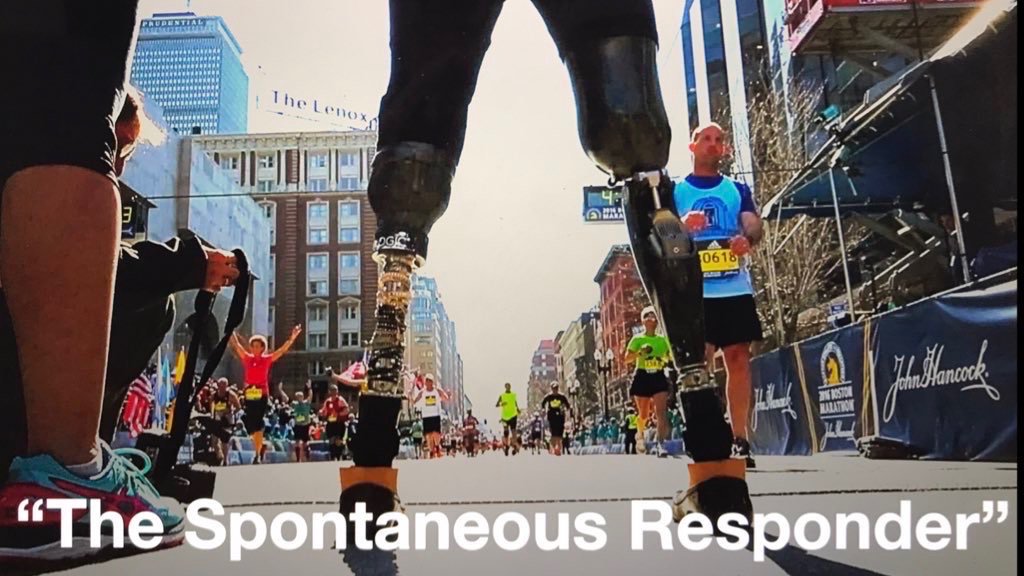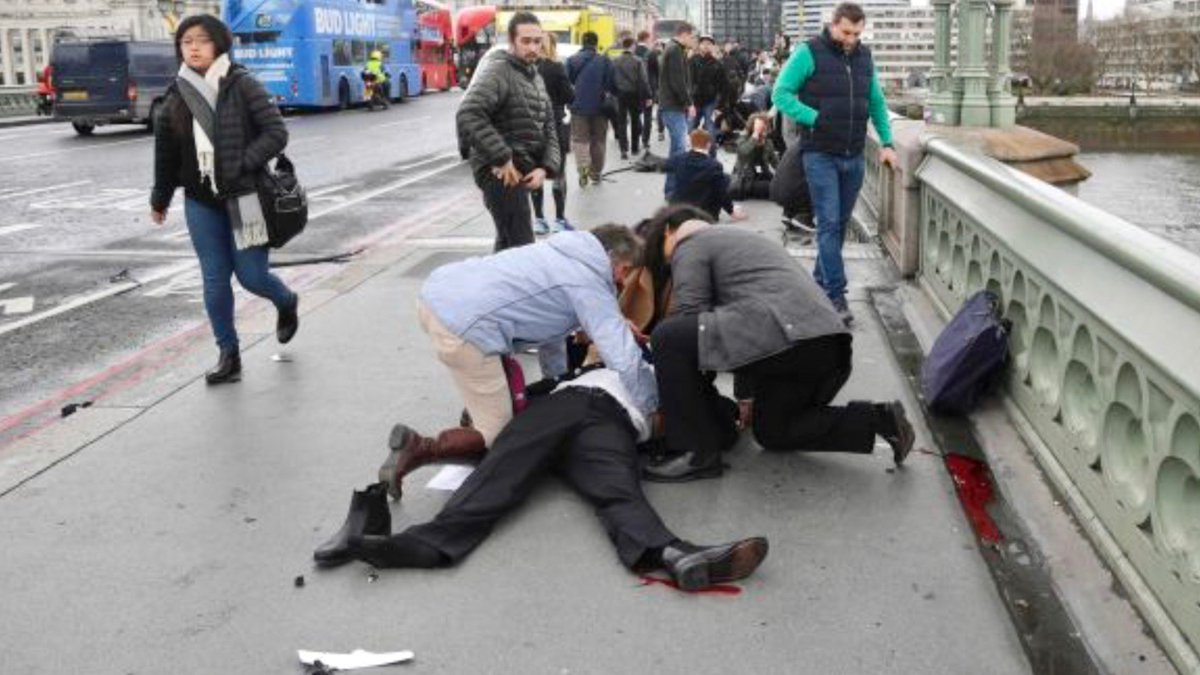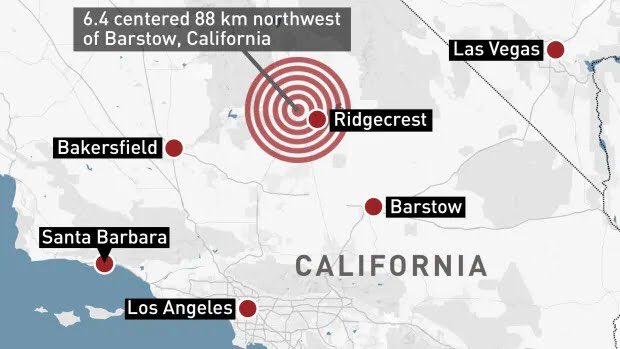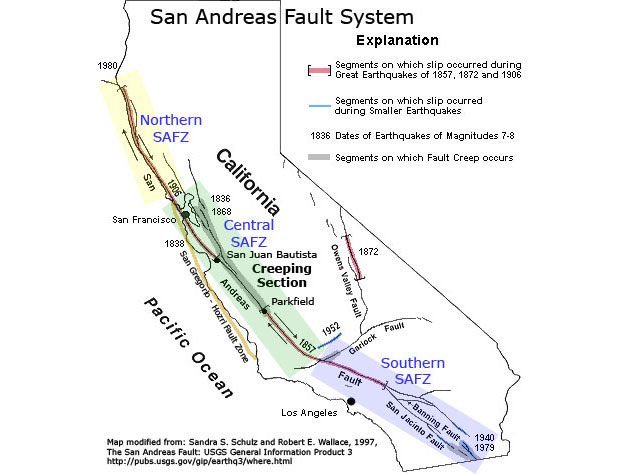It's important to acknowledge that the first people to respond to any incident will often be the lay person who uses their initiative; the relative, the work colleague, the fellow commuter
Day to day, this can be the difference
/1

Perhaps via public access defibrillation or good first aid
This is the system working! Amazing projects like @GoodSamApp/@ThecitizenAID show us how
/2
Think big
Explosions, terrorist attacks & major incidents all come with a #TherapeuticVacuum. A clinical void where formal incident response is delayed by ongoing threat / due to the demands of co-ordination prior to access
/3
However with larger incidents, we are more likely to see off-duty professionals, whether healthcare, police or otherwise.
The right people in the wrong place at the right time.
/4
We need to be preparing to respond to incidents like this.
Our aim is not to test our conflict resolution with a bad actor until he is coached behind a police cordon.
Our aim is to integrate into this team of #SpontaneousResponders
/6

"Yes Sean, there will be #SpontaneousResponders. I get it, thanks"
There might also be a Fire Appliance on-scene. Knowing that fact doesn't mean you're able to use it when you get there.
/7
How often have you practiced instructing a lay person how to log roll, cut off clothings, apply pressure or maintain an airway?
Sounds basic, yes. It won't be on the day
/8
I don't mean 1 paramedic & 12 patients
Nor a difficult bystander
But a concerned clinician, caught up in the incident with a patient
/8.5
You'll be amazed at how your methods will change. Anatomical descriptions will be replaced with 'bladed' points with the hand. Terminology will boil down to its least confusing.
High threat comms:
Clear. Loud. as an Order. with Pauses.
/9
There will be blood. Protect your #SpontaneousResponders. Carry more.
/10
/11
So, optimise your #SpontaneousResponders
Provision of shears allows your new team to look for injuries; it's preempting a clinical course & will find big sick for you
/12
Boiled down, it's a mass manual handling exercise
#SpontaneousResponders are there. Use them, teach them. Use simple techniques, safely taught on-scene.
/13
Yes, we need to quantify & stratify what we have, but our patients & their families do not care whether you bring a snap band, triage tag or sharpie. The want, expect & deserve immediate care
/14
For now, let's consider it as a concurrent activity alongside early haemorrhage control and early patient access.
All are important. All need to happen
/15










